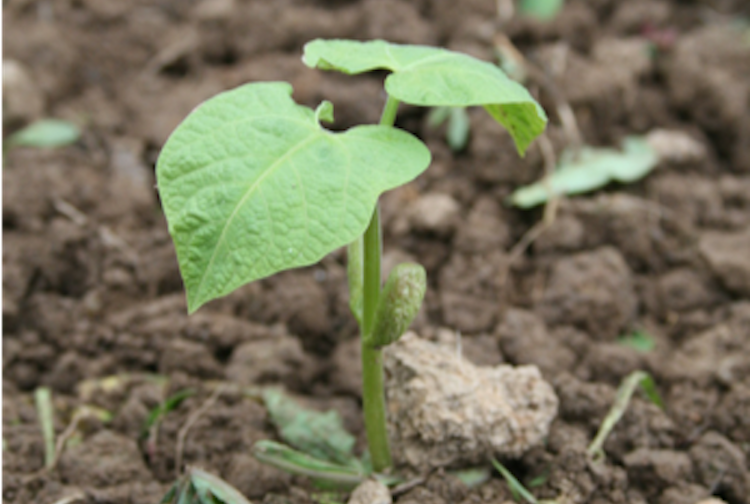Tous les êtres vivants se partagent les mêmes caractéristiques. Voici une série de courtes activités à réaliser avec vos élèves qui visent à favoriser la découverte de ces propriétés à partir de l’observation des plantes du potager.
La croissance
La première caractéristique commune est que les êtres vivants ont une période de croissance.
L’activité proposée consiste à mesure les élèves au début de l’année scolaire, au retour des vacances des fêtes puis au mois de juin. Cela leur permettra de prendre conscience qu’ils grandissent.
En parallèle, utilisez des bandelettes de papier pour mesurer la plante deux à trois fois par semaine. Les élèves peuvent coller les bandelettes dans un cahier afin de construire un histogramme. Ils comprendront ainsi que tous les êtres vivants grandissent.
L’eau
Que se passe-t-il si on arrête d’arroser quelques-unes des plantes. Faites-en l’expérience afin que vos élèves découvrent que l’eau est un élément essentiel à la vie.
La nourriture
Faites germer et pousser des plantes dans du sable. Comparez ces plantes avec celles qui grandissent dans du terreau. Cette activité vient démontrer que c’est dans le sol que les plantes tirent les éléments nutritifs nécessaires à leur croissance. Les élèves comprendront ainsi que tous les êtres vivants ont besoin de nourriture.
La reproduction
Le haricot et le pois sont les plantes les plus faciles pour illustrer la reproduction à vos élèves. La fleur est l’organe de reproduction de la plante. Les fruits se développent à partir des fleurs fécondées. Quand on ouvre une gousse, on voit les graines, qui sont en quelques sorte les bébés des plantes.
C’est peut-être aussi l’occasion d’aborder avec les élèves le délicat sujet des abeilles et des fleurs?
Le mouvement
Eh oui, les plantes se déplacent. Elles ne marchent pas comme les êtres humains mais elles s‘orientent vers la lumière. L’activité classique consiste à placer une boîte avec une ouverture sur le côté au-dessus d’une plante verte. Vos élèves doivent ensuite continuer d’arroser la plante régulièrement, tout en replaçant à chaque fois la boîte au même endroit. Ils découvriront bien vite que la plante s’orientera vers la lumière accessible sur le côté de la boîte.
Vous pouvez prendre des photos de la plante afin de produire une petite vidéo d’animation qui montre le mouvement de la plante.
La respiration
Tout comme nous, les plantes vertes respirent. Cependant, pendant le jour, la fonction de respiration est camouflée par la fonction de photosynthèse de la plante.
L’usage de capteurs ou de détecteurs de dioxyde de carbone (CO2) permet d’enregistrer l’émission de CO2 de la plante lorsqu’il n’y a pas de lumière.
La sensibilité
Tous les vivants sont sensibles. Cette propriété est parfois moins apparente chez les plantes. Cependant, si vous froissez une feuille, celle-ci sera blessée.
Plus de 700 capteurs sensoriels ont été dénombrés chez les végétaux. Pour en savoir davantage sur le sujet de la sensibilité des plantes, je vous suggère l’article Wikipédia intitulé Sensibilité des plantes.
À l’aide de ces quelques activités et observations, les élèves auront découvert les principales propriétés que se partagent tous les êtres vivants. Ces leçons peuvent aussi servir d’amorce à une discussion plus philosophique pendant laquelle vous faites réfléchir vos élèves en groupe à ce qui est essentiel et ce qui est superflu dans la vie.
Quelques sites parmi de nombreux autres
Il existe quantité d’activités de science à réaliser avec les élèves autour des activités de jardinage et d’alimentation. Voici quelques idées supplémentaires :














